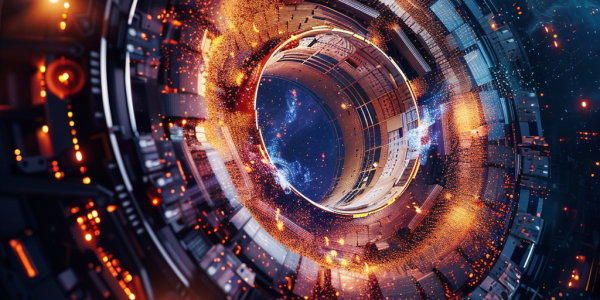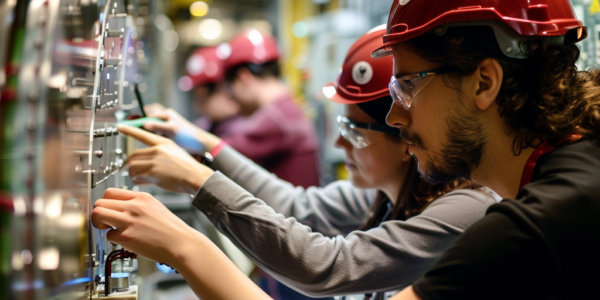Breakthrough in Particle Physics: ATLAS Collaboration Decodes Top Quark Production at LHC
Recent groundbreaking findings from the Large Hadron Collider (LHC) at CERN reveal new insights into top quark production, enhancing our understanding of particle physics and quantum chromodynamics (QCD). The ATLAS collaboration’s pioneering studies from LHC Run 2 have successfully measured top quark pair production, shedding light on the fundamental forces of the universe.
CERN to Supercharge Large Hadron Collider for New Physics
CERN’s Large Hadron Collider is getting a major upgrade to facilitate more advanced tests and experiments, with the US Department of Energy’s SLAC National Accelerator Laboratory playing a crucial role. The upgrade aims to probe the Higgs boson and explore physics beyond the Standard Model, increasing the likelihood of detecting rare particles and Higgs bosons. SLAC’s role involves upgrading the ATLAS detector’s Inner Tracker with tiny silicon sensors to enable more precise and effective detection and analysis of collision events at the HL-LHC, expected to open new frontiers in particle physics.
CERN designing supercollider to push boundaries of modern physics
CERN is designing a new supercollider called the Future Circular Collider (FCC) to push the boundaries of modern physics research and perhaps discover the true nature of our mostly invisible universe. The new collider, expected to be operational by 2045, will be 8 times more powerful than the LHC and could help solve mysteries about the nature of our universe, such as the true nature of dark matter and the first instant after the Big Bang.
Large Hadron Collider Discovers Rare Higgs Boson Behavior
The world’s biggest proton-smasher has revealed a new, rare behavior of the famed Higgs boson. Detectors at the Large Hadron Collider spotted the particle decaying into a photon and a ‘Z boson’. This type of Higgs boson decay was predicted…




